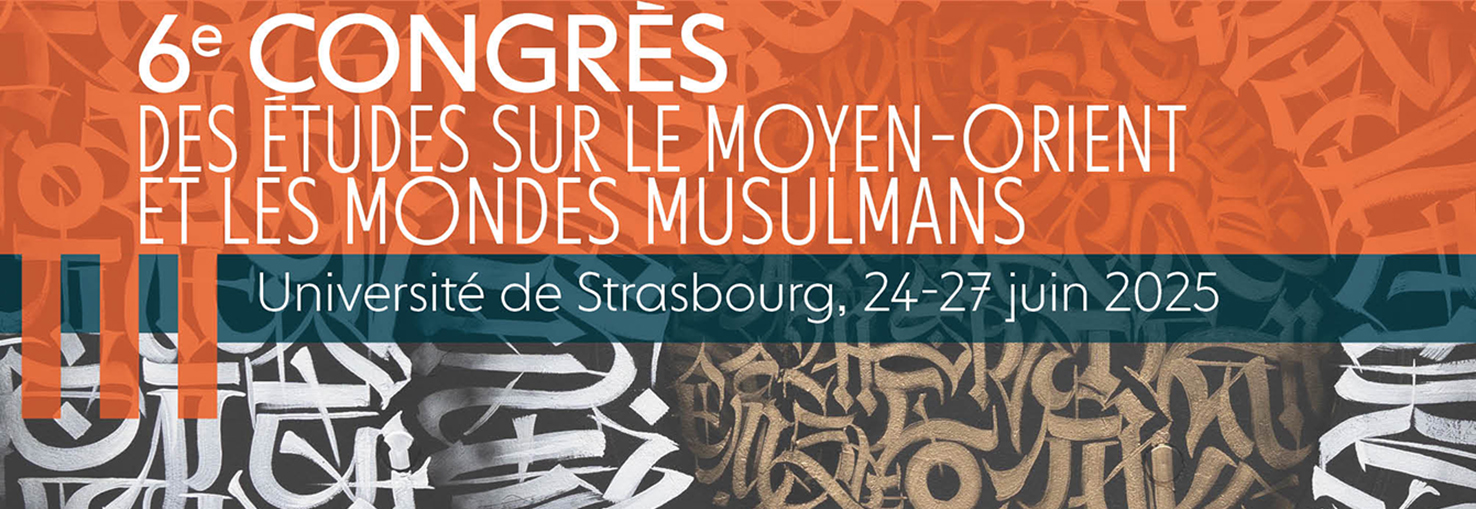Le rapport à l'animal dans les sociétés musulmanes prémodernes et contemporaines / The relationship between humans and animals in pre-modern and contemporary Muslim societies
1 : École normale supérieure de Lyon
(ENS de Lyon)
Laboratoire Triangle UMR 5209 Lyon
2 : Université de Tunis [Tunis]
(UT)
92, Avenue 9 avril 1938, Tunis - 1007 -
Tunisie
3 : Haute Ecole Spécialisée de Suisse Occidentale - Genève
(HES-SO Genève)
4 : AAU-CRESSON
AAU CRESSON
5 : University of Haifa
* : Auteur correspondant
Jeudi 26 juin 2025, 17h30-19h30, Salle 3209
RESPONSABLE ET DISCUTANT :
Nicolas Payen (ENS de Lyon, UMR Triangle 5206)
INTERVENANTS DE L'ATELIER :
Nicolas Payen (ENS de Lyon, UMR Triangle 5206) : L'animal divertissant en terres d'islam : La cour et les juristes (viie-xe siècles)
Entertaining animals in Islamic lands: The court and the jurists (7th–10th centuries)
Sofiane Bouhdiba (Université de Tunis) : Le chien dans le conte tunisien
Dogs in Tunisian folk tales
Marc Breviglieri (HES-SO, University of Applied Sciences and Arts of Western Switzerland) : De la compagnie des oiseaux dans l'oasis
The company of birds in the oases
Arin Salamah Qudsi (University of Haifa) : Animals in Islam: The Sufi perspective



